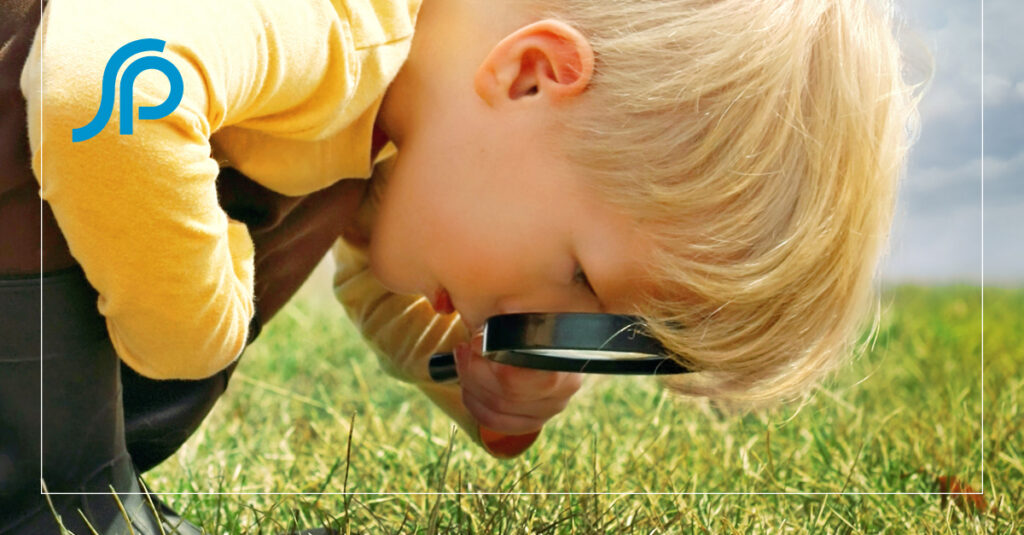Lifestyle Marketing: Building Customer Relationships for the Long Term

Growing revenue is a key goal for every brand. If the same, well-used strategies aren’t having the same impact anymore, they might be too siloed or narrowly focused. That’s where lifecycle marketing comes in. Lifecycle marketing is a marketing strategy that focuses on all the points of contact with a customer throughout a longer-term brand relationship, including all the revenue opportunities that come with it.
WHAT IS LIFECYCLE MARKETING?
As the name suggests, lifecycle marketing is designed to guide and retain customers for the long term. Rather than focus on a single journey that takes customers from prospects to purchasers, lifecycle marketing considers how a customer can go beyond an initial purchase to a “lifetime” of multiple purchases and, eventually, brand advocacy.
The lifecycles of different products and services vary based on how frequently the average customer needs to return for a new purchase. Everyday products will have shorter lifecycles, while large and/or luxury purchases have much longer cycles. Throughout each cycle, customers will visit (and revisit) brands and hopefully bring more new customers along with them each time.
THE STAGES OF LIFECYCLE MARKETING
Regardless of the type of product or service being sold or the cycle length between purchases from the same individual, the cycle’s stages remain the same. The major segments in every cycle are as follows:
Brand awareness: Customers are introduced to your brand and its offerings during this stage. First impressions matter to get customers to the next stage of interest.
Developing interest: Once prospective customers have some knowledge of your brand, they’ll need to learn more and begin to engage further. Ensure they have plenty of ways to grow their interest and learn more about the offerings that might solve a particular problem.
Decision-making: Savvy consumers always comparison-shop! At this stage, customers are getting ready to decide on their purchases, so providing all the necessary information about what makes your product or service stand out is important.
Purchasing: The customer makes their initial purchase.
The four steps above comprise the core of the customer journey for basic marketing, taking them from broad, initial interest to a specific purchase. Lifecycle marketing adds more steps after that purchase to extend the journey and build long-term brand loyalty.
Follow-up: To keep customers coming back, they must feel like the brand is invested in their satisfaction and success. This marketing stage involves developing follow-up strategies to check in post-purchase, see how customers like their purchase, and offer extra support where needed.
Brand advocacy: When customers are happy about their purchases, they’ll tell others about them! Since nearly 75% of consumers consider word-of-mouth a key influence on their purchasing decisions, your lifecycle strategy should be relationship-focused, giving happy customers plenty to brag about.
Repeat business: At the same time, lifecycle marketing hopes to get those same customers back in the door for repeat purchases. Of course, that may take a shorter or longer time, depending on the product or service type. At this stage, marketing should be personalized and consistent but not excessive so that when customers need something new, or something related that you also sell, they’ll think of your brand first.
OPPORTUNITIES FOR REVENUE GROWTH
As you can imagine, a lifecycle-centric marketing strategy opens up many paths for revenue growth. Indeed, its entire focus is transforming a single prospective purchase into an ongoing relationship with happy customers.
John Arnold, an analyst at the research and consulting firm Forrester, posits that there are three key benefits of a lifecycle revenue marketing approach as follows:
- “To help interlock siloed frontline marketing capabilities in concert with the end-to-end customer lifecycle.
- To give frontline marketers the vantage point necessary to extend engagement by perceiving and sharing anonymous and known audiences.
- To allow the marketing program mix to flex to engage accounts, buying groups, or individual buyer audiences for lifecycle objectives such as seeding demand, capturing demand, and surfacing revenue opportunities out of customer adoption, loyalty, and advocacy initiatives.”
Lifecycle marketing allows for a flexible marketing strategy designed to take advantage of revenue opportunities at multiple points. It’s also advantageous for breaking out of the structured, siloed perceptions of marketing and buyers’ journeys that may exist in organizations today.
Today’s customers expect a highly flexible, customized, and personalized experience. Today, their buying decisions are more complex than ever before, and they access more information than ever while making those decisions. However, that also means that these same customers can be even more powerful brand advocates if they’re pleased with a brand’s offerings because of how amplified individual voices can be today.
Lifecycle marketing takes those opportunities and considers every angle, transforming a simple “pitch” to individual consumers into a far-reaching chance to build long-term relationships and on-the-ground brand advocates to reach increasingly ambitious revenue goals.
Share
